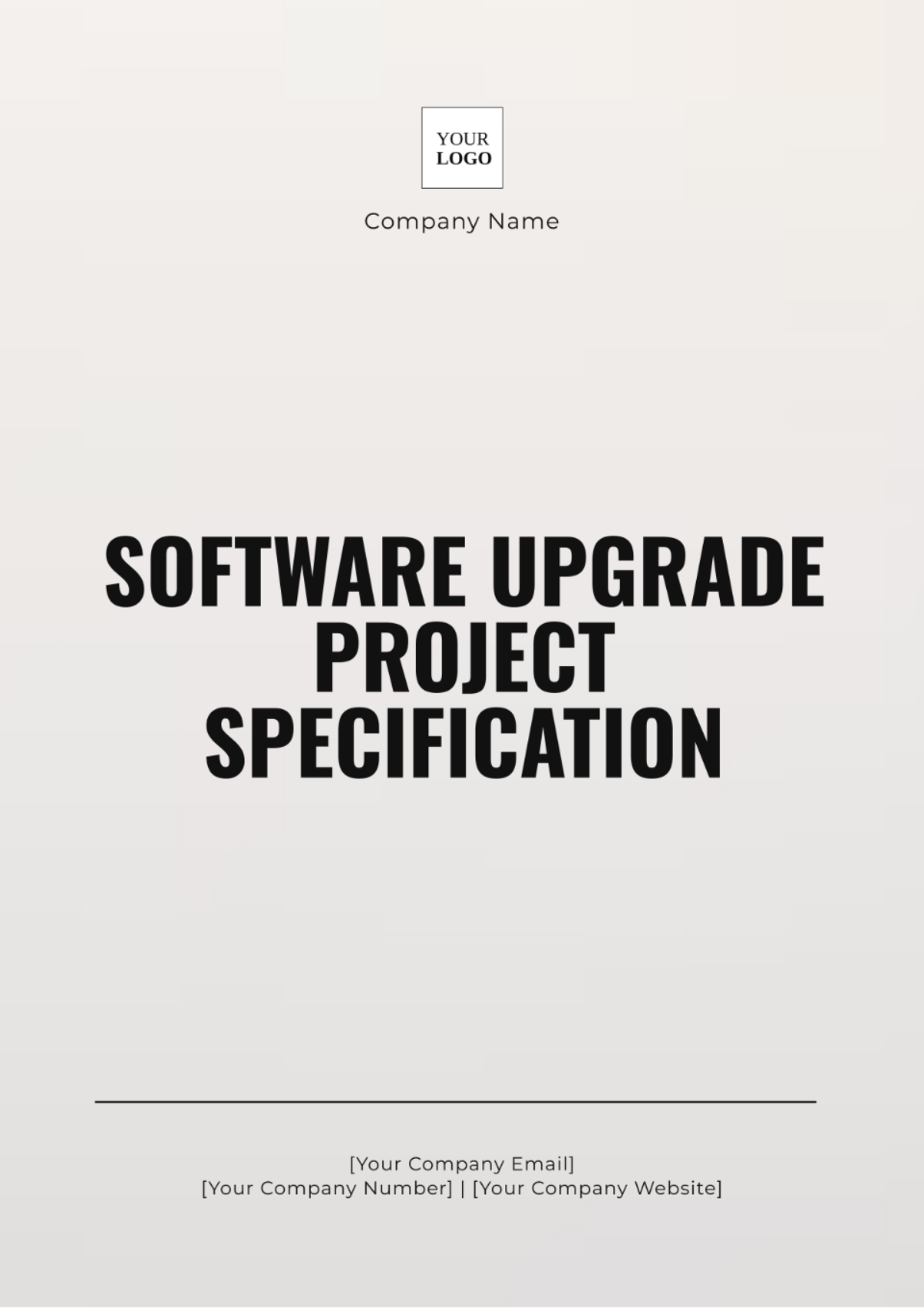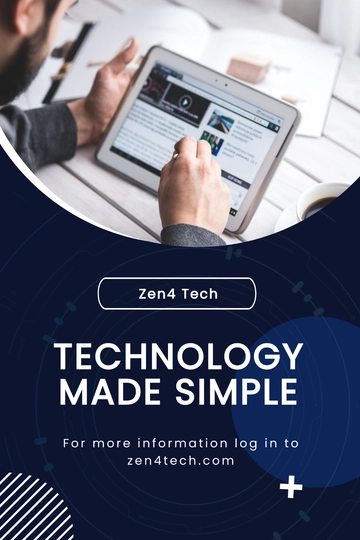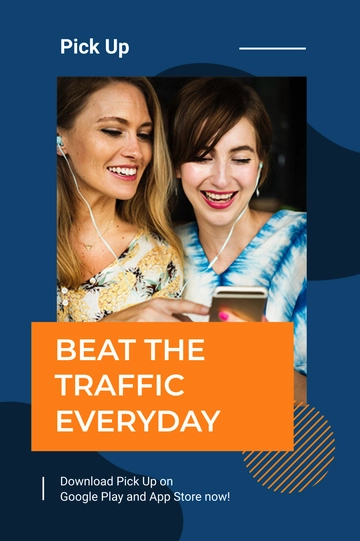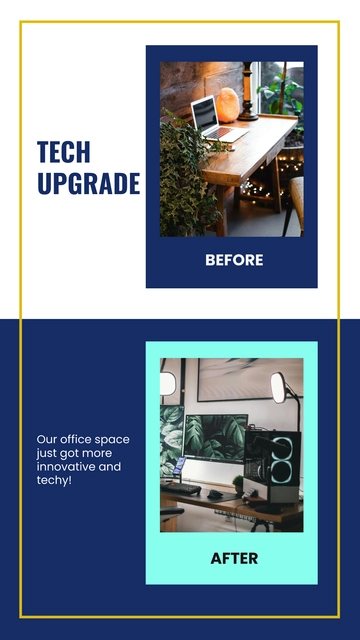Software Upgrade Project Specification
Prepared By: [YOUR NAME]
Date: [DATE]
I. Introduction
This document serves as the comprehensive project specification for the software upgrade initiative. The project aims to enhance the functionality, performance, and security of our current software system. The objectives of this upgrade include:
This project involves an extensive series of stages, starting with meticulous planning, advancing through the implementation where tasks are executed, and concluding with thorough testing and verification to ensure the software upgrade is successful and adheres to all specified criteria.
II. Requirements
The upgrade requirements have been identified based on current system deficiencies, user feedback, and technological advancements. The requirements include but are not limited to:
A. System Requirements
Operating System Support: Ensure compatibility with the latest versions of major operating systems, including Windows, macOS, and Linux, to maintain broad accessibility and functionality.
Web Browser Compatibility: Guarantee seamless operation across all current major web browsers, including Google Chrome, Mozilla Firefox, Apple Safari, and Microsoft Edge, to ensure a consistent user experience.
B. Security Requirements
Security Patches and Updates: Establish a regular schedule for applying security patches and updates to address vulnerabilities, comply with industry standards, and safeguard against emerging threats.
C. Performance Requirements
Load Time Optimization: Achieve significant reductions in load times through code optimization, efficient data handling, and improved server performance to enhance user satisfaction and reduce wait times.
III. Scope
The boundaries of this software upgrade project are clearly defined to ensure focused and efficient execution. The scope includes:
Included | Excluded |
|---|
Core application upgrade Database migration where necessary Enhancement of user interface and user experience Network infrastructure optimization
| |
IV. Timeline
Milestone | Deadline |
|---|
Requirements Gathering | Month 1 |
Design Phase | Month 2 |
Development & Testing | Months 3-5 |
Implementation | Month 6 |
Post-Upgrade Support | Month 7-8 |
V. Resources
A. Personnel
Project Manager: Oversees the project from inception to completion, ensuring timely delivery, resource allocation, and adherence to project goals.
Software Engineers: Develop and implement the software upgrade, including coding, debugging, and system integration.
B. Technology
C. Budget
VI. Risk Management
A. Identified Risks
The main risks that are linked to the software upgrade encompass possible data loss that might occur during the migration process, as well as prolonged periods of downtime which could interfere with and interrupt normal business operations.
B. Mitigation Strategies
To mitigate these risks, we will establish extensive data backup procedures to prevent data loss, create a strong rollback plan for swift reversion to the previous system if needed, and perform exhaustive testing before deployment to detect and fix issues beforehand, ensuring minimal disruption and safeguarding data integrity during the upgrade.
VII. Testing and Validation
To ensure the software upgrade meets all quality and performance standards, the following procedures will be followed:
User Acceptance Testing (UAT): User Acceptance Testing (UAT) engages end-users to verify that the software aligns with their requirements, is easy to use, and functions correctly in real-world conditions.
Performance Testing: Performance Testing evaluates the software’s responsiveness, stability, and scalability, identifying bottlenecks and ensuring efficient operation under various load conditions.
VIII. Implementation Plan
The implementation of the upgrade will be carefully coordinated to minimize disruption. The steps include:
Implementation Step | Description |
|---|
Pre-Implementation Review | |
System Backups | |
Gradual Rollout with Real-time Monitoring | |
User Training Sessions | |
Post-Implementation Support | |
IX. Documentation
Comprehensive documentation and references will be maintained throughout the upgrade process, including:
Technical Specifications: Outlines the technical requirements for the upgrade, including system architecture, dependencies, and integration points.
Testing Reports: Documents all testing phases—unit, integration, system, UAT, and performance—highlighting issues, resolutions, and system performance.
Training Manuals: Provides users with instructions on new features, including procedures, best practices, and troubleshooting tips.
Project Plan: Defines the upgrade strategy with timelines, milestones, resource allocation, and risk management to guide the project to completion.
Project Specification Templates @ Template.net






























